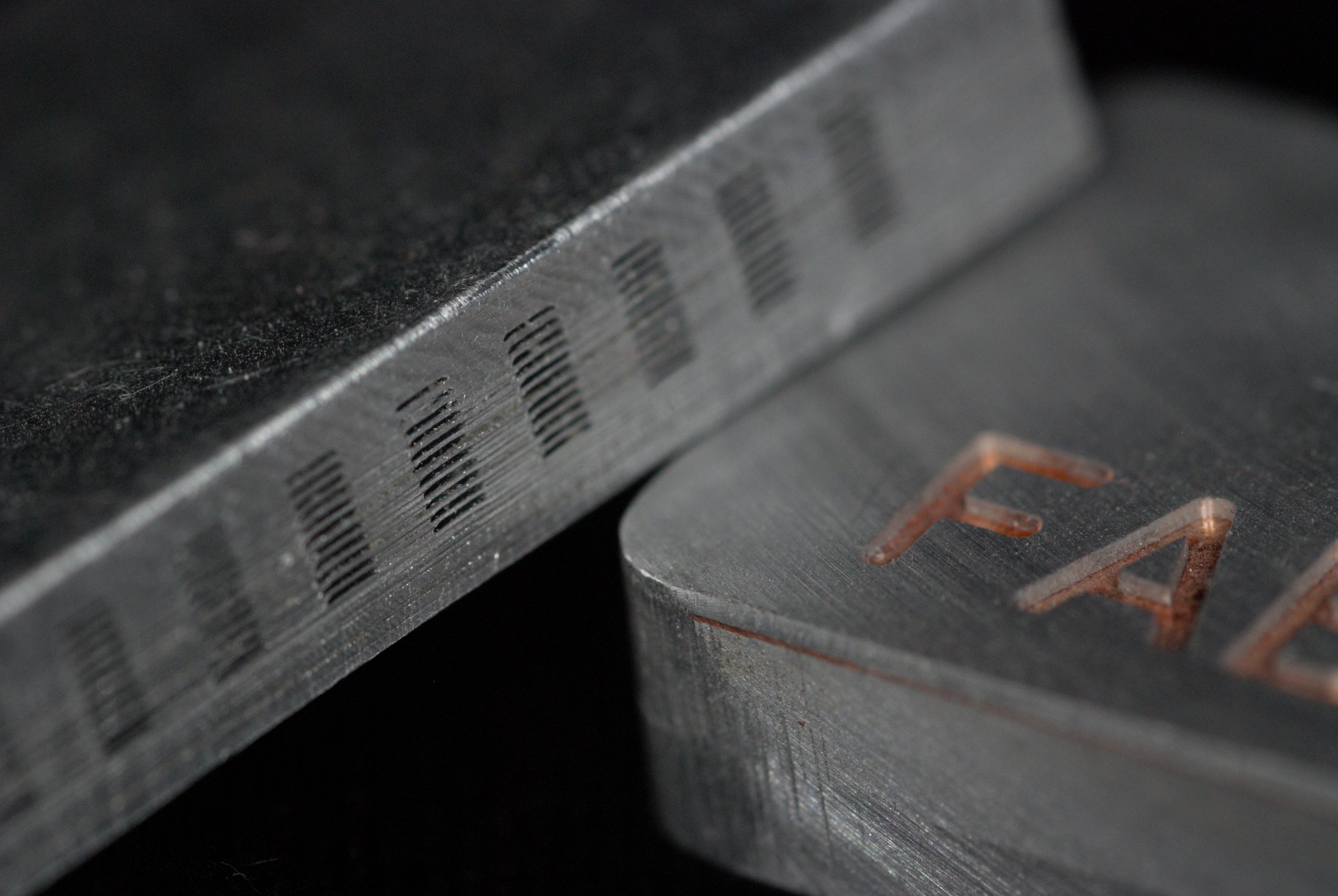Ultrasonic Additive Manufacturing on:
[Wikipedia]
[Google]
[Amazon]
Ultrasonic Consolidation (UC) or Ultrasonic Additive Manufacturing (UAM) is a low temperature  The process works by scrubbing
The process works by scrubbing 

 The general manufacturing process is:
*A base plate is placed onto the machine
The general manufacturing process is:
*A base plate is placed onto the machine
additive manufacturing
3D printing, or additive manufacturing, is the construction of a three-dimensional object from a CAD model or a digital 3D model. It can be done in a variety of processes in which material is deposited, joined or solidified under computer ...
or 3D printing technique for metals. The process works by scrubbing
The process works by scrubbing metal
A metal () is a material that, when polished or fractured, shows a lustrous appearance, and conducts electrical resistivity and conductivity, electricity and thermal conductivity, heat relatively well. These properties are all associated wit ...
foils together with ultrasonic vibrations under pressure in a continuous fashion, i.e., sheet lamination classification in additive manufacturing. Melting is not the formation mechanism. Instead, metals are joined in the solid-state via disruption of surface oxide films between the metals, i.e. ultrasonic metal welding mechanisms. CNC
Computer numerical control (CNC) or CNC machining is the automated control of machine tools by a computer. It is an evolution of numerical control (NC), where machine tools are directly managed by data storage media such as punched cards or ...
contour milling is used interchangeably with the additive stage of the process to introduce internal features and add detail to the metal part. UAM has the ability to join multiple metal types together, i.e., dissimilar metal joining, with no or minimal intermetallic formation and allows the embedment of temperature sensitive materials at relatively low temperature
Temperature is a physical quantity that quantitatively expresses the attribute of hotness or coldness. Temperature is measurement, measured with a thermometer. It reflects the average kinetic energy of the vibrating and colliding atoms making ...
—typically less than 50% of the metal matrix melting temperature. 

History
The Ultrasonic Consolidation or Ultrasonic Additive Manufacturing process was invented and patented by Dawn White. In 1999, White founded Solidica Inc. to sell commercial UAM equipment—Form-ation machine suite. Near 2007, the Edison Welding Institute (EWI) and Solidica began a collaboration to re-design the weld tooling to remedy bond quality limitations and to expand the weldable metals of the process—so called very high power UAM. In 2011, Fabrisonic LLC was formed to commercialize the improved UAM process—SonicLayer machine suite. A SonicLayer 4000 system was simultaneously deployed at theOhio State University
The Ohio State University (Ohio State or OSU) is a public university, public Land-grant university, land-grant research university in Columbus, Ohio, United States. A member of the University System of Ohio, it was founded in 1870. It is one ...
.
Process
As with most other additive manufacturing processes UC creates objects directly from aCAD model
Computer-aided design (CAD) is the use of computers (or ) to aid in the creation, modification, analysis, or optimization of a design. This software is used to increase the productivity of the designer, improve the quality of design, improve c ...
of the required object. The file is then "sliced" into layers which results in the production of a cnc gcode file that can be used by the UC machine to build the required object, layer by layer. The general manufacturing process is:
*A base plate is placed onto the machine
The general manufacturing process is:
*A base plate is placed onto the machine anvil
An anvil is a metalworking tool consisting of a large block of metal (usually Forging, forged or Steel casting, cast steel), with a flattened top surface, upon which another object is struck (or "worked").
Anvils are massive because the hi ...
and fixed into place.
*Metal foil is then drawn under the sonotrode
In ultrasonic machining, welding and mixing, a sonotrode is a tool that creates ultrasonic vibrations and applies this vibrational energy to a gas, liquid, solid or tissue.
A sonotrode usually consists of a stack of piezoelectric transducers at ...
, which applies pressure through a normal force and the ultrasonic oscillations, and bonded to the plate.
*This process is then repeated until the required area has been covered in ultrasonically consolidated material.
*A CNC mill is then used to trim the excess foil from the component and achieve the required geometry.
*The deposit and trim cycle is repeated until a specified height is reached, (typically 3–6 mm).
*At this height a smaller finishing mill is used to create the required tolerance and surface finish
Surface finish, also known as surface texture or surface topography, is the nature of a interface (matter), surface as defined by the three characteristics of lay, surface roughness, and waviness.. It comprises the small, local deviations of a ...
of the part.
*The deposit, trim and finish cycle continues until the finished object has been manufactured; at which point it is taken off the anvil and the finished article is removed from the base plate.
Mechanism of the metallurgical bond formation between foils can be explained by microscopic deformation of micro-asperities on the top foil. The sonotrode surface is usually textured so as to facilitate the grip of the top foil subjected to vibrations. The resultant rough imprint on the top foil surface affects bonding of the subsequent layer. The contact area between the upper and lower foils expands when the micro-asperities are crushed by the ultrasonic oscillations.
References